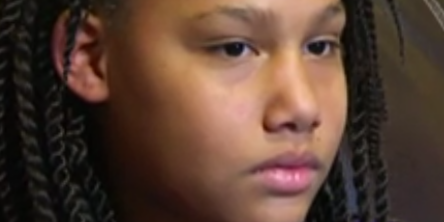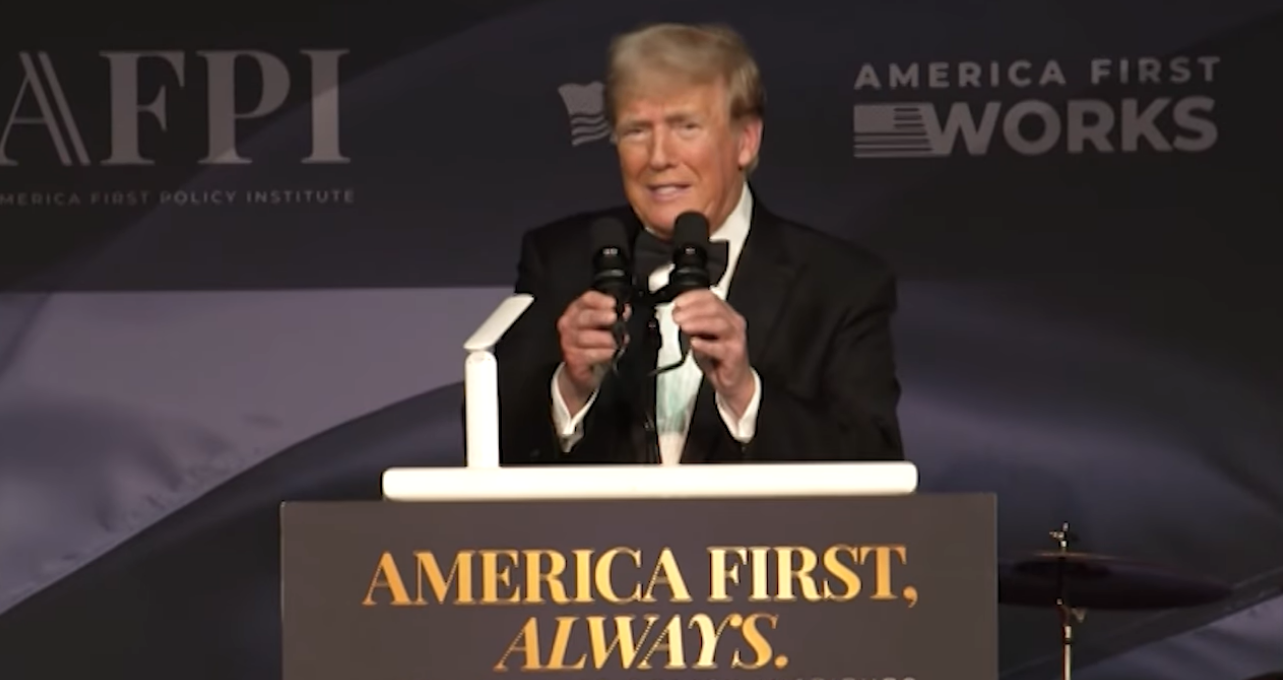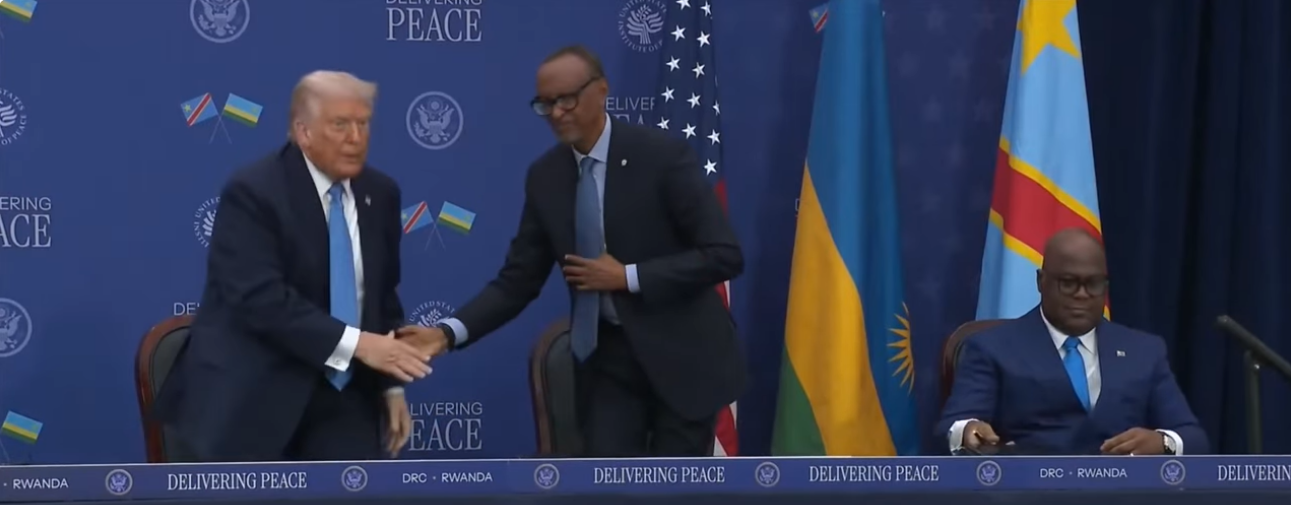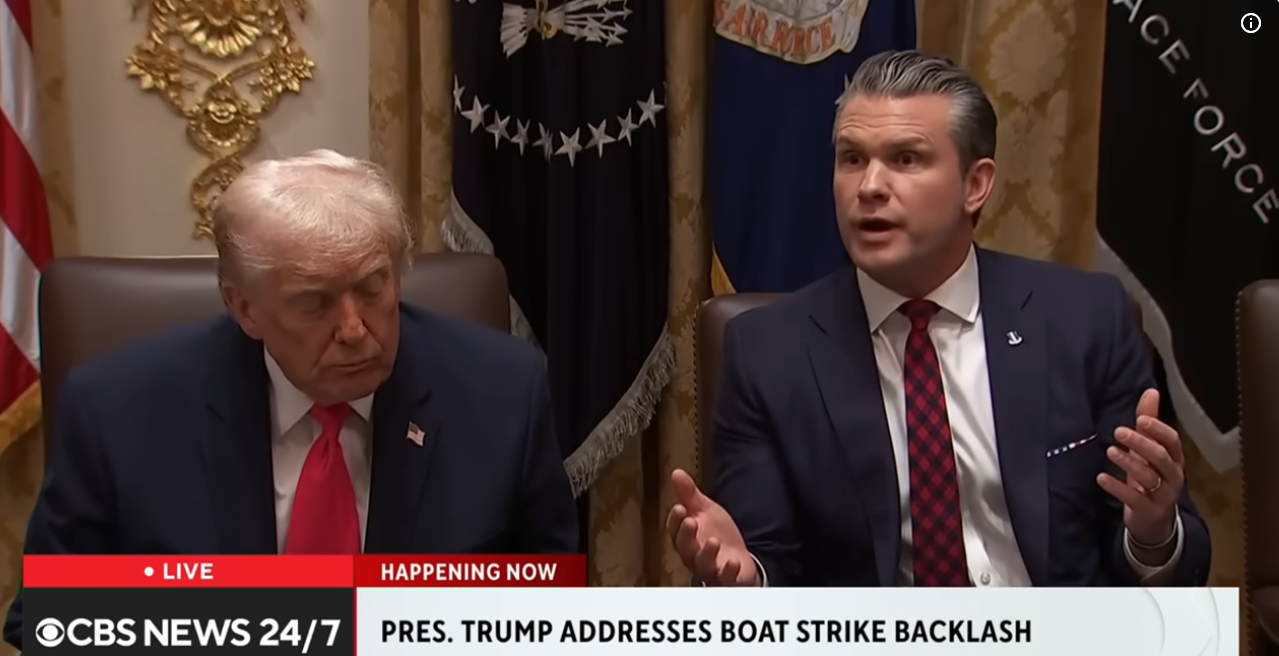Eleven-year old Honestie. Screenshot NBC.
In Michigan, police union representatives are attacking a local police chief, saying they can no longer “trust” him because he said he found the handcuffing and taking into custody of an innocent 11-year-old Black girl “disturbing” and “physically nauseous.”
This case is another example of a police union reflexively defending any actions of police, regardless of the facts and regardless of how obviously wrong a police action is, as in this case.
Indeed, police unions are a major reason institutional racism remains rooted in policing.
Now instead of focusing on the incompetent and endangering actions of police –and working on how to avoid it in the future– the union has spun the issue into the police chief’s alleged wrongful comments.
In the Michigan case, police union officials in Grand Rapids, attacked Police Chief David Rahinsky for comments he made after the outrageous Dec. 6, arrest of 11-year-old Honestie Hodges. Officers were looking for a 40-year-old woman, apparently related to Hodges and her mother, in connection to a stabbing. Police detained Honestie and her mother, Whitney Hodges. Honestie was confronted at gunpoint before being handcuffed as she screamed in terror.
The police union stated Chief Rahinsky’s comments after the arrest had “caused unrepairable damage” and that “he can no longer be considered a leader we can trust.” Reportedly, they also felt “chastised” by the chief’s remarks.
Is this the police union’s way of telling Chief Rahinsky he can expect to be removed because he exhibited some honesty when he first saw the offensive body-cam video before they forced him to cave in?
Right after the arrest of this 11-year-old, this police chief made it clear he found the video troubling. “Listening to the 11-year-old’s response makes my stomach turn. It makes me physically nauseous,” Chief Rahinsky said. “We need to look at everything, from our hiring to our training to our supervision. We do have a problem.”
Obviously, any honest American who has been paying attention over the last few years knows there is “a problem,” in relation to the racist police targeting of Black America. Unfortunately, after the police union raised their collective voices, along with retired police officers, we then saw them do what they always do: circle their wagons and attack Chief Rahinsky.
The chief is now backsliding from his earlier comments. This past Thursday, Rahinsky was forced by these police apologists to alter the flavor of his initial statements.
“What I said is, I believe the policy was followed, and I believe the officers did exactly what they were trained to do. But when we end up with a bad outcome, we need to look at procedures,” Rahinsky now said. “I understand from an officer’s perspective it’s kind of a nuanced discussion. I hope they take the time to hear me out. I have all the respect in the world for what they do day in and day out.”
Chief Rahinsky’s revised feelings that “officers did exactly what they were trained to do,” is a divergence from his original statement.
Here we see how police unions are one of the primary problems: because they never accept any responsibility for any bad behavior police do to Black folk even as they offer lip-service about “a few bad apples.” Deflecting and make ridiculous excuses for the bad, bigoted behavior of cops remains their modus operandi. Whenever police wrongly brutalize or kill a Black person we hear about how the officer “feared for their lives” and how difficult the job of policing is.
Why doesn’t the difficult nature of the job cause police to victimize and shoot dead unarmed White people at equal rates?
In interactions with police, it is Black Americans who must really fear for their lives. For, the statistics tell us it is Black people who will likely end up dead, with their bodies lifelessly lined out in police chalk. Can police produce any data showing that Black people are prone to violently attacking police, as they so often insinuate and suggest?
Listening to police spin following wrongful killings of unarmed Black people one would think there is a high rate of police officers getting hurt or killed by Black people. Of course, nothing could be further from the truth. It is White men who will, more likely than not, kill a police officer; so why aren’t police as “fearful” in their interactions with White men?
It is clear waht the pervasive attitude of police is: what’s the big deal if we mistreat, or, even kill a Black person? The worse that I can get is a suspension. Police, and all the supposed pillars of White American society, tell us, in so many ways, Black lives just don’t matter at all to them. Our lives are expendable to police—and the political and legal system, by their silence and manipulation, endorses this callously cold-hearted sentiment.
This reality should’ve been made crystal clear by what former police officer Lt. Greg Abbott told a White woman during a traffic stop in Georgia. Lt. Abbott told her she had nothing to worry about because “Remember, we only kill Black people. Yeah, we only kill Black people, right?”
Lt. Abbott’s actions were justified by a police spokesperson as his way of de-escalating that situation. Police officers know that all Black people, unlike most White people, can always be brutalized or killed, with a wink and nod from government officials. Police also know they can easily get away with harming Black people—this includes Black children.
Nelson Mandela once said: “There can be no keener revelation of a society’s soul than the way in which it treats its children.” Black children in America are at risk in so many areas, from infant mortality rates; to homelessness; hunger; and general poverty. Black children are at high risk at every turn. American policing is an added danger to their lives.
The treatment of Honestie Hodges should not be seen in a vacuum. The criminalization she endured here, at the hands of police, is one many Black children face because of the nature of American racism. Let’s recall the cases of a few other Black children who have been brutalized and killed by police.
Back in 2015, then 14-year-old Dajerria Becton was thrown to the ground, and manhandled by then Officer Eric Casebolt, in McKinney, Texas. Becton was in a bikini at a pool party. Casebolt is clearly seen, on video, abusing this teen—before pulling his gun at two other teens who protested his brutal treatment of Becton. Caseblot would resign, but, faced no charges for his behavior.
How many of us will ever forget the chilling video we watched of 12-year-old Tamir Rice being shot to death by then Officer Timothy Loehmann, in Cleveland on Nov. 22, 2014?
Rice was shot within two seconds of the arrival of Loehmann, for playing with a favorite toy many American boys are given: a toy gun. But prosecutor Tim McGinty seems to have finagled the grand jury not to indict Loehmann.
More recently, there was the case of 15-year-old Jordan Edwards who was shot to death, on April 29, as he sat in the front passenger-seat of a car as the vehicle was driving away from a party that had gotten rowdy. At some point, the police were called, to the party, because of complaints. In effect, Jordan was shot because he, and the others riding in his car, decided it would be responsible to leave the party.
Edwards was shot by Officer Roy Oliver—in the back of the head. On May 5, Oliver was charged with murder, he posted $300, 000 bail, and is out on the streets. His case is pending. But given the history of how the prosecutors and courts conspired to thwart justice, in cases where police kill Black people, the likelihood is that Oliver will be let go by this racist so-called justice system.
There are many other Black victims of police brutality who are children and teenagers. How many more like Honestie Hodges will there be before we finally say enough is enough?






